Fantasy Posts on Crowch
Expectations That Fell Flat 🎬
Thor: Love and Thunder was one of Marvel’s most anticipated projects. After all, Chris Hemsworth became the only original Avenger to receive a fourth solo film — a privilege that in hindsight may not have been deserved.
The return of director Taika Waititi, who had radically reinvented Thor’s tone in Ragnarok, promised another fresh and bold adventure. But instead of brilliance, audiences were met with a film that struggled to balance comedy, drama, and myth.
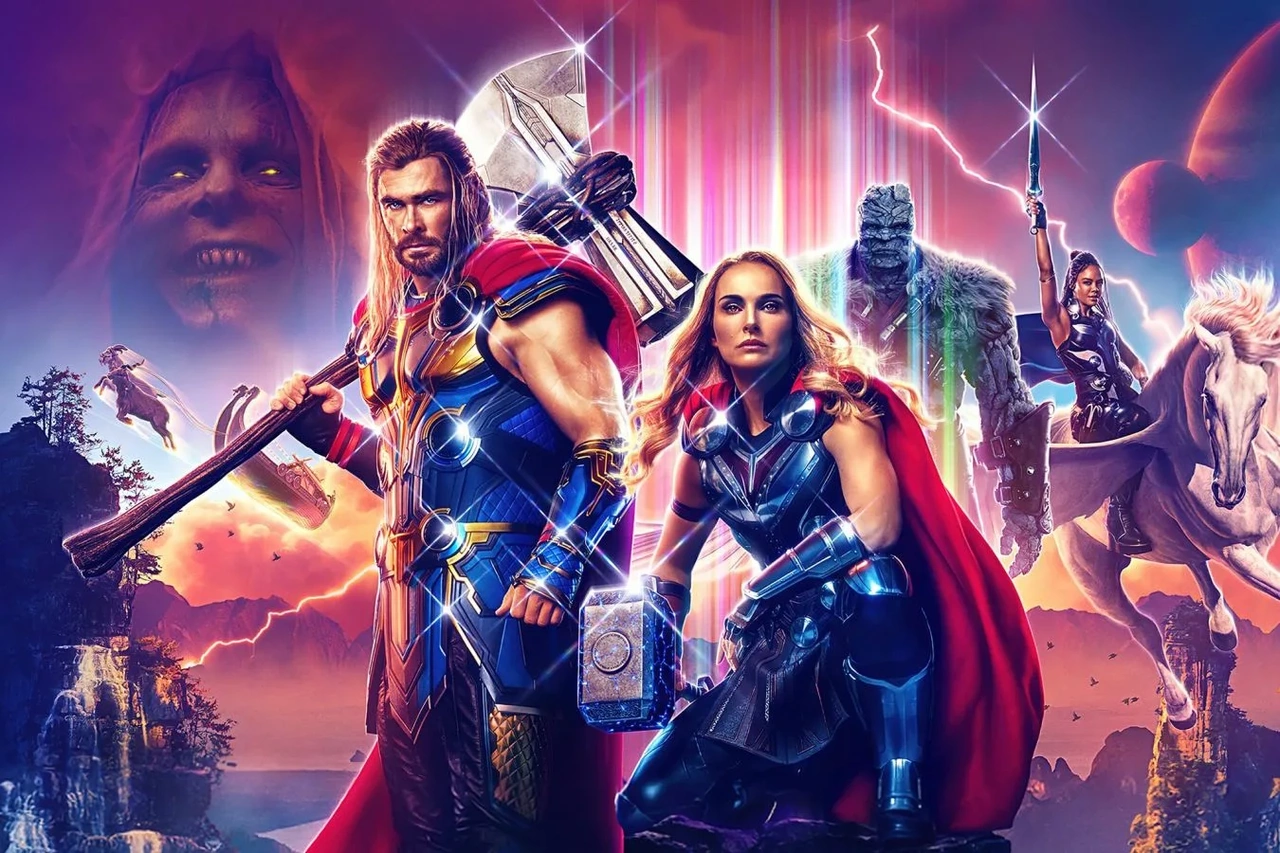
A Villain Wasted 😈
At first glance, the story had potential. Christian Bale’s Gorr the God Butcher enters the film with one of the darkest, most emotionally charged introductions in Marvel history — a man betrayed by his god, vowing to wipe out divinity itself.
The setup is powerful, tragic, and promises real stakes. Yet the script quickly dilutes this potential, reducing Gorr’s journey into scattered appearances that feel rushed and underwhelming.
Instead of the terrifying force he could have been, Gorr becomes an inconsistent villain, fading into the background between forced jokes and unnecessary side plots. What could have been Marvel’s most haunting antagonist ends up as a missed opportunity.
Comedy Over Substance 🤡
Marvel has always blended humor with heroics, but Love and Thunder pushes comedy so far that it undermines the story.
The Guardians of the Galaxy cameo, awkward jokes about catchphrases, and juvenile banter leave the impression of a parody rather than a continuation of Thor’s journey.
This tonal imbalance becomes most glaring in moments that should feel tragic or tense. Children are kidnapped, yet our heroes crack jokes as if the crisis were trivial. Instead of suspense, we get punchlines; instead of empathy, we get detachment. The result is a film that feels emotionally hollow.
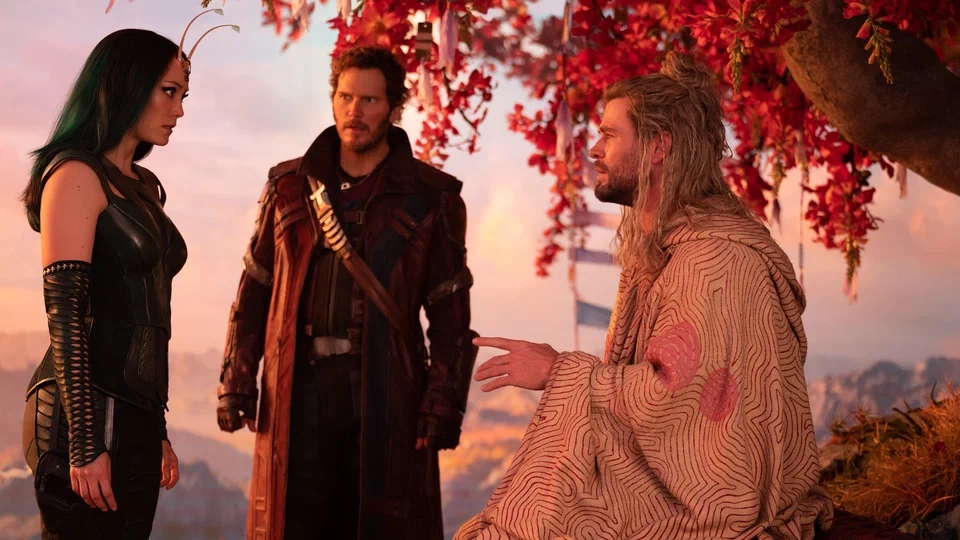
Performances Stranded by the Script 🎭
The cast gives as much as they can. Hemsworth plays Thor with charm, Natalie Portman returns as Jane Foster wielding Mjolnir with strength, Tessa Thompson’s Valkyrie commands presence, and Christian Bale commits fully to Gorr. But even strong performances cannot save weak writing.
Certain scenes highlight the dissonance between the script and the characters. For example, Jane discussing her superhero catchphrase in the middle of a crisis feels painfully out of place. These missteps strip away believability and reduce characters who once carried emotional weight into caricatures.
A Journey Without Growth 🌀
The film repeatedly asks: Who is Thor now? After countless battles, losses, and heartbreaks, what direction does his character take? Unfortunately, the movie never answers. Thor feels stagnant, repeating old patterns without any meaningful growth.
The same issue extends to supporting characters. Gorr’s menace fizzles out, Valkyrie is reduced to comic relief, and Jane’s storyline, despite emotional potential, is rushed and inconsistent. Instead of a deep exploration of gods, mortality, and love, the film offers flashy spectacle with little to say.
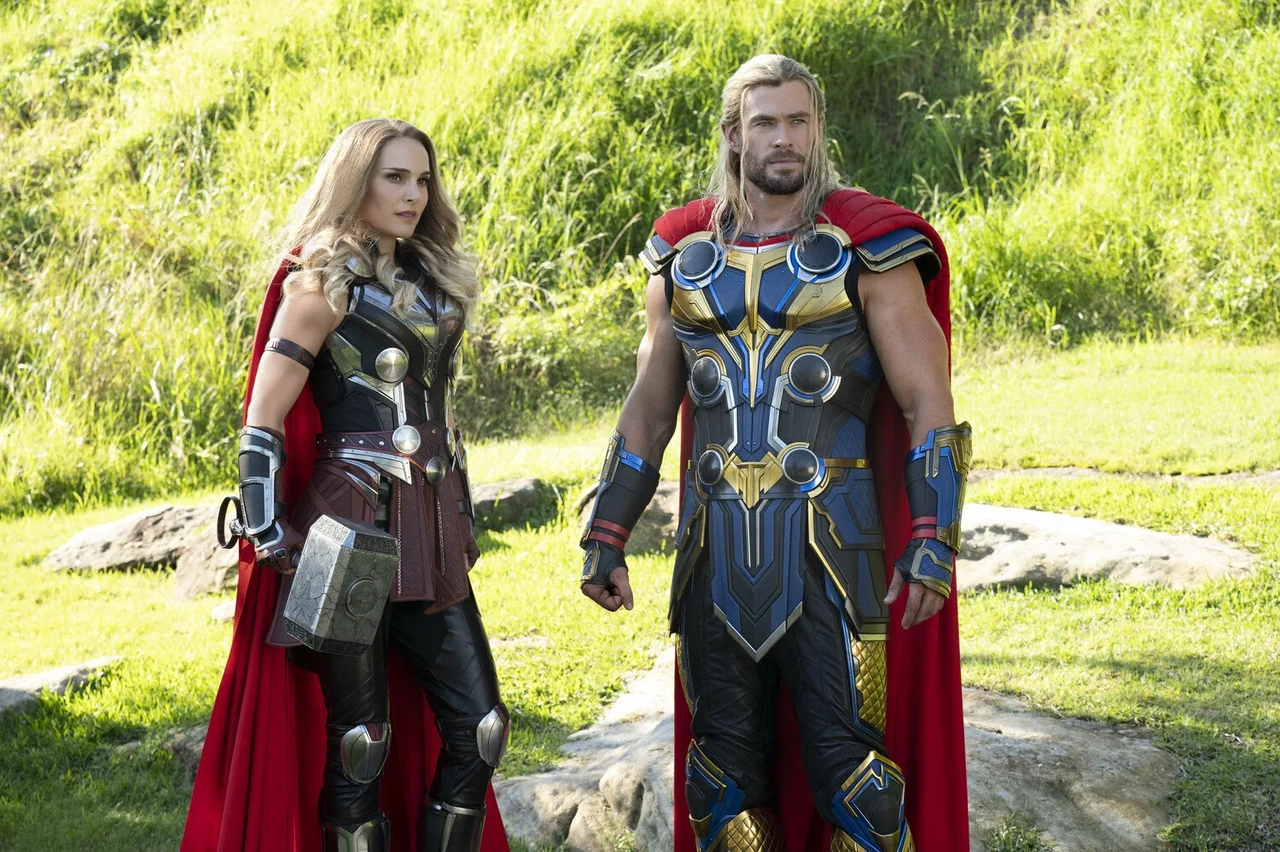
Beautiful but Empty 🌌
Visually, the film is stunning. Marvel’s technical mastery delivers breathtaking cosmic landscapes, vibrant colors, and smooth special effects.
Yet beauty alone cannot compensate for narrative weakness. The dazzling visuals end up highlighting the hollowness of the script — a shiny surface over a crumbling foundation.
Final Verdict ⭐
Thor: Love and Thunder tries to be a comedy, a tragedy, and a love story all at once, but fails to excel in any of these directions. It diminishes once-strong characters, wastes a brilliant actor as its villain, and prioritizes punchlines over substance. For fans who hoped for a worthy continuation of Thor’s saga, the result is more disappointment than thunder.
Rating: 4/10 — A colorful spectacle that loses its soul in the storm.
Netflix has finally unveiled the first teaser for the fifth and final season of Stranger Things, and the countdown to the ultimate showdown has officially begun. Set to premiere in parts starting November 26, the new season promises a gripping conclusion to one of the most beloved sci-fi sagas of the decade.
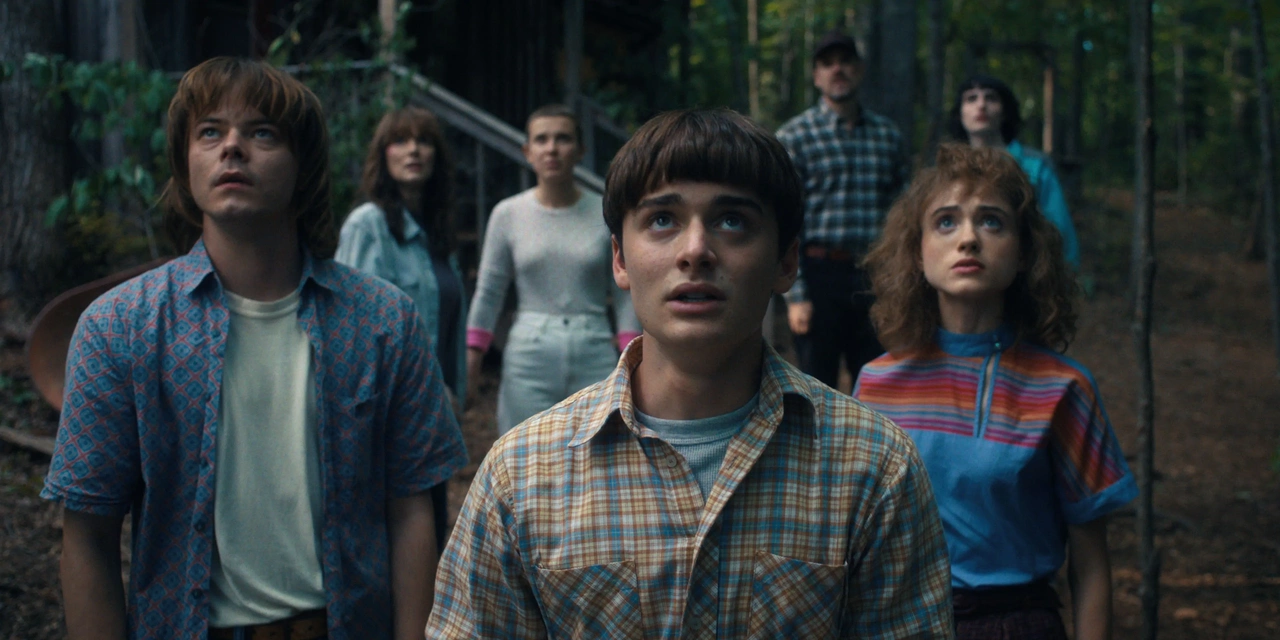
🌪️ A Town in Ruins, a War Unfinished
The story picks up in the fall of 1987 — a year after the devastating events of Season 4. Hawkins, once a quiet small town, now lies in chaos. The boundary between our world and the Upside Down has nearly collapsed, leaving behind scorched neighborhoods, fractured roads, and a haunting sense of dread.
While the town tries to survive the aftermath, the real threat remains at large: Vecna. The horrifying villain who terrorized the group in the previous season has vanished without a trace. No one knows where he is — or what he’s planning next.

🧠 Eleven on the Run, Friends on the Edge
As the government scrambles to contain the disaster, they declare martial law in Hawkins. The military floods the streets, checkpoints divide neighborhoods, and communication with the outside world is cut off. In the midst of this chaos, Eleven becomes the nation’s most wanted person. Authorities believe she holds the key to the strange rift tearing reality apart.
Separated but not broken, the core group — Mike, Will, Dustin, Lucas, Max, and others — reunite under impossible circumstances. With Eleven on the run, they must work in the shadows to uncover Vecna’s next move before he unleashes something even worse than before.
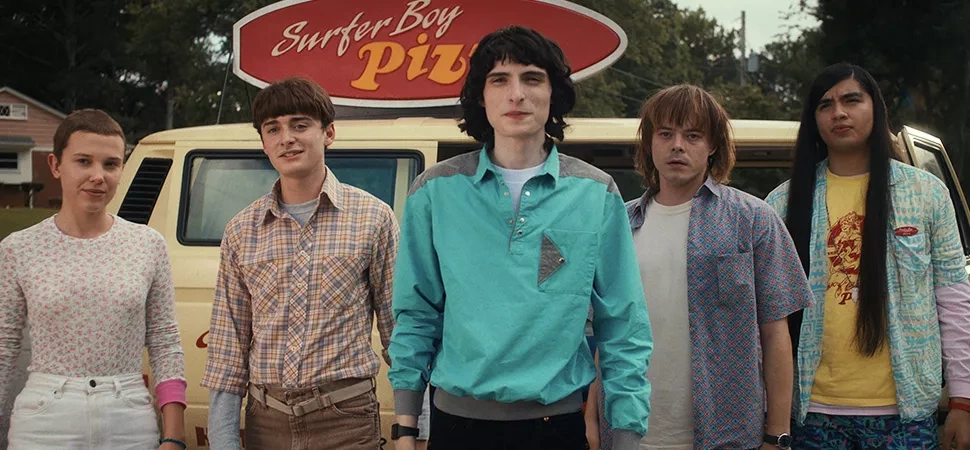
⚔️ The Final Hunt for Vecna
The teaser offers a brief, chilling glimpse into the chaos: shadowy corridors, flickering lights, government agents clashing with unexplainable forces, and cryptic flashes of Vecna’s twisted world. One shot shows a burned-down high school gym with strange symbols scrawled on the walls — another hints at an underground lab far beneath the town.
Vecna, once seemingly defeated, now appears more powerful than ever. Rumors swirl that he’s attempting to merge the two realities into one — and that Hawkins is just the beginning. With time running out, the team must journey into the heart of darkness to stop a threat that transcends space, memory, and even death.
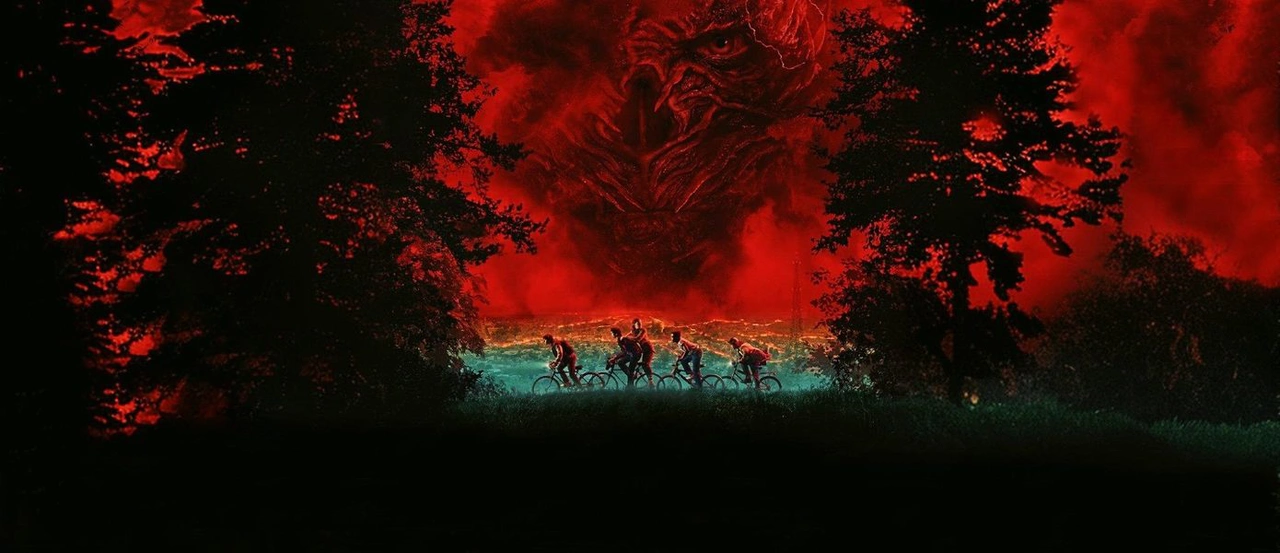
🕰️ A Race Against Time — and Reality
More than just a battle of good vs. evil, Season 5 is set to explore the deeper emotional toll of everything the characters have endured. Friendships are tested, secrets are revealed, and the cost of survival grows heavier with each step toward the final confrontation.
The teaser hints that the story will span multiple locations, including glimpses of snowy forests, underground military bunkers, and mysterious ruins that defy logic. Time distortion and altered memories appear to play a major role — nothing is quite as it seems anymore.
🎬 Three-Part Finale — Mark Your Calendar
Netflix has confirmed that the conclusion will be released in three parts, giving fans time to digest each twist before the final curtain falls:
- Part 1: November 26
- Part 2: December 25
- Final Episode: December 31 — a New Year’s Eve finale to close the chapter for good
This ambitious structure signals a season filled with cinematic scale, emotional weight, and the kind of storytelling that made Stranger Things a worldwide phenomenon.
🧨 The End Is Near — But the Legacy Lives On
After almost a decade of Demogorgons, Mind Flayers, parallel dimensions, and 1980s nostalgia, the journey is coming to its close. But if the teaser is any indication, Stranger Things will go out not with a whisper, but with a storm.
Fans can expect high-stakes action, tearful reunions, and one final stand against the darkness. The question remains: Who will make it out alive — and who will be forever changed?
One thing is certain: the final battle for Hawkins will echo far beyond the Upside Down.
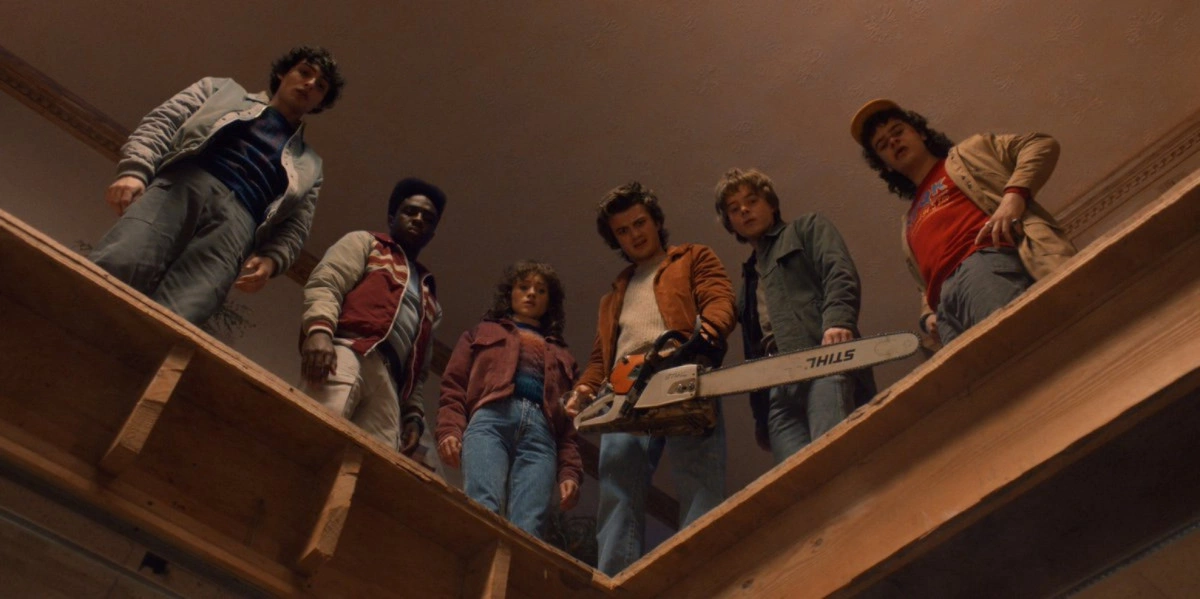
A new chapter begins for one of fantasy’s most iconic warriors. The trailer for the highly anticipated Red Sonja remake has officially dropped — and it promises a brutal, visually stunning ride into a world where sword and sorcery meet science and steel.
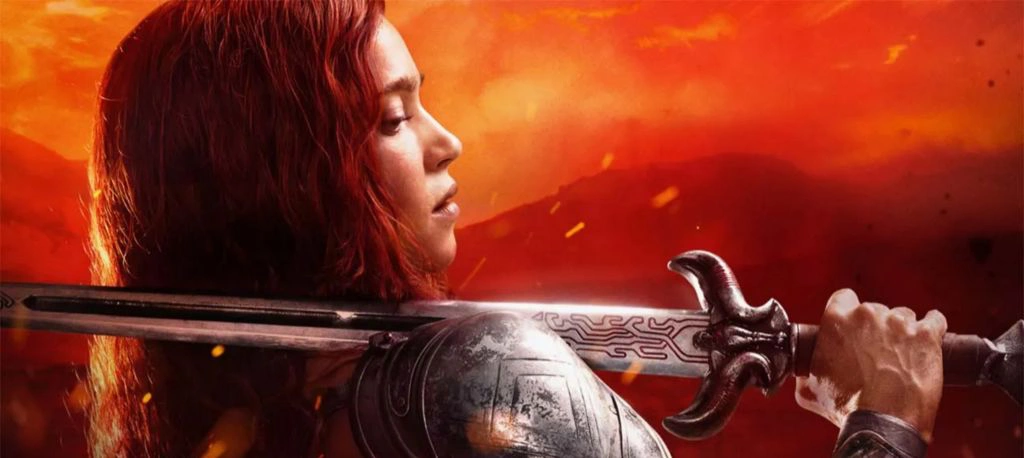
⚔️ A Legendary Heroine Reimagined
Originally introduced in the pages of Marvel Comics, Red Sonja has long been celebrated as the female counterpart to Conan the Barbarian — fierce, fearless, and filled with fire. She’s not just a warrior, but a symbol of defiance, power, and resilience in a realm where brutality rules and only the strongest survive.
While the 1985 film adaptation starring Brigitte Nielsen and Arnold Schwarzenegger is a cult classic, the 2025 version takes a bolder, more grounded approach. This remake isn’t just a retelling — it’s a reawakening.
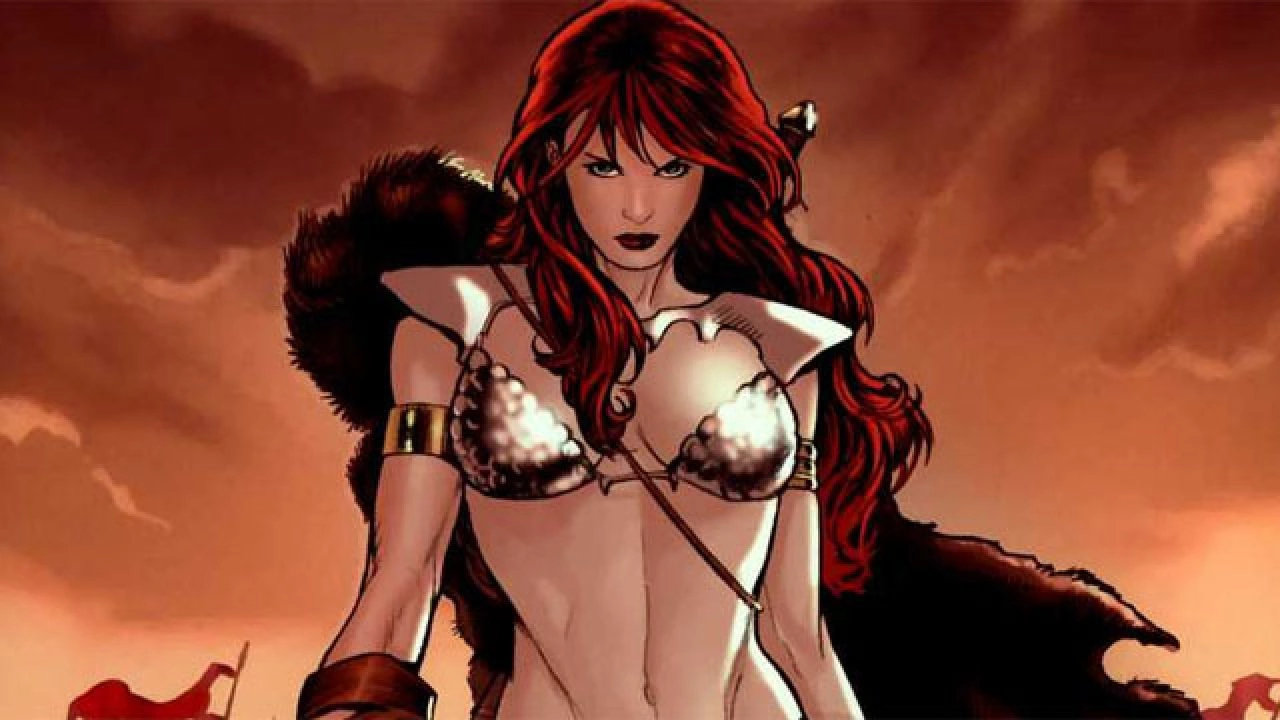
🛡️ The Story: Magic, Machines, and the Arena of Death
In this dark reimagining, Sonja is the last of her kind — a warrior from a tribe that guarded ancient forest magic, now driven to the edge of extinction. When the ruthless Emperor Dragan — a tyrant who uses advanced technology to conquer and control — discovers her hidden sanctuary, he razes it to the ground. Sonja is captured, stripped of her freedom, and forced to fight as a gladiator in his brutal arena.
To win back her freedom, she must survive a gauntlet of savage battles, monstrous foes, and treacherous alliances. But her journey isn’t just about revenge — it’s about rediscovering her purpose and unleashing the raw, mystical power that still burns within her bloodline.

💪 Matilda Lutz Transforms into Red Sonja
Taking on the role of Red Sonja is Italian actress Matilda Lutz (Revenge), who underwent intense combat training to bring the iconic heroine to life. From weapon choreography to full-contact sparring, Lutz fully inhabits Sonja’s power, grace, and fury.
She doesn't play a damsel or sidekick — she is the storm. Her portrayal brings a grounded intensity to Sonja’s internal battle between grief and vengeance, as well as her rise as a symbol of hope and rebellion.

🧬 Robert Sheehan as Dragan: A Charismatic Tyrant
Opposite Lutz is Robert Sheehan (The Umbrella Academy) as Emperor Dragan — the cold, brilliant antagonist whose obsession with domination is matched only by his fear of ancient forces he cannot control. Sheehan’s performance adds nuance and charisma to a villain who sees himself not as evil, but as evolution’s next step.
Dragan represents a terrifying vision of progress — one where machines rule and magic dies. But in Sonja, he meets the one force he can’t predict… or tame.
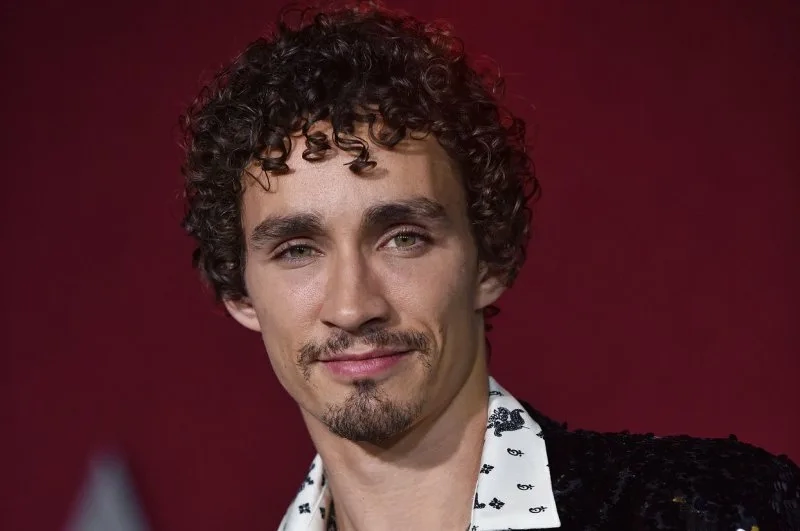
🎬 A Director of Action and Heart
The film is directed by M.J. Bassett, known for her gritty and visually immersive work in Solomon Kane and Silent Hill: Revelation. Bassett blends high-stakes action with emotional storytelling, delivering a fantasy epic that feels raw, human, and cinematic.
The production team behind Mad Max: Fury Road has crafted the visual effects, ensuring stunning landscapes, visceral battles, and seamless integration of ancient magic and sci-fi weaponry. This blend of practical effects and digital wizardry creates a gritty, lived-in world that crackles with energy.
🔥 A Summer Blockbuster with a Warrior’s Soul
Red Sonja isn’t just a remake — it’s a statement. It’s about reclaiming power, fighting for identity, and surviving against impossible odds. It’s about fire — not only the kind that destroys, but the kind that lights the way forward.
As gladiator films make a cultural comeback and fantasy finds new ground in mainstream cinema, Red Sonja is set to carve out her place once again — not just as a nostalgic figure, but as a fully realized warrior queen for a new generation.
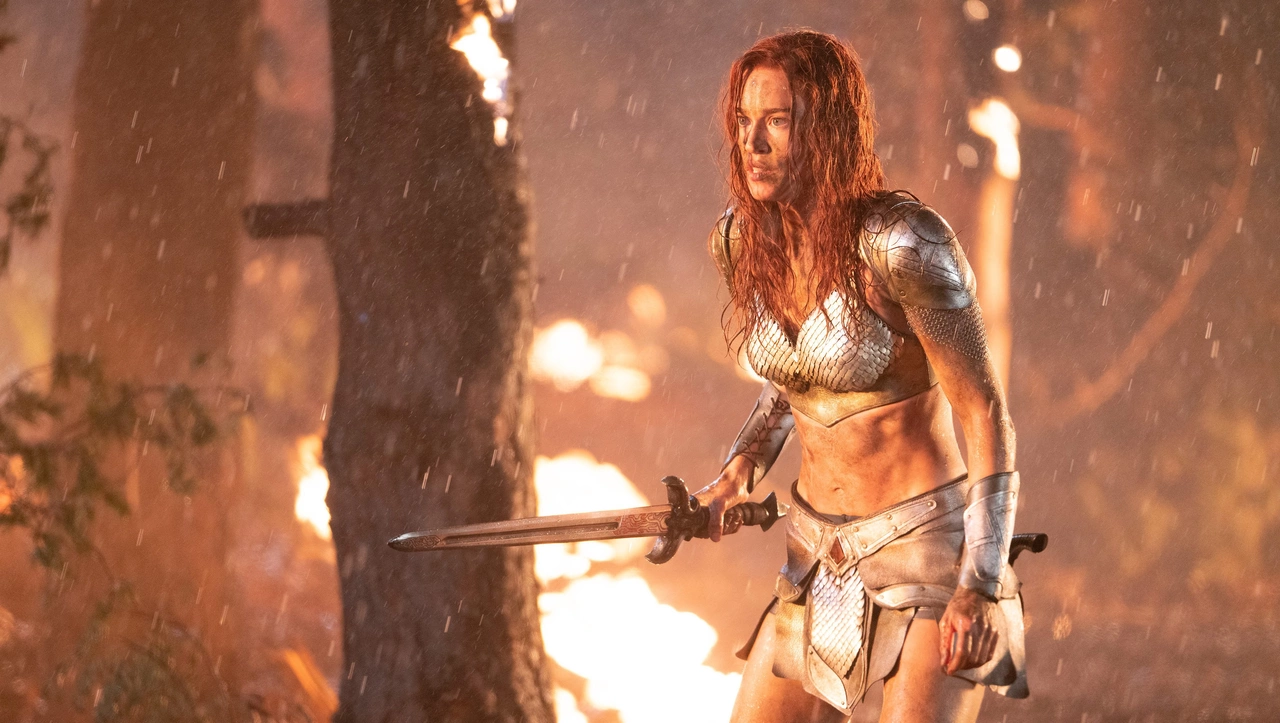
📅 Coming Soon: The Legend Awakens
One of the most exciting releases of the summer, Red Sonja combines adrenaline-pumping action, deep mythology, and a heroine who commands the screen with both steel and soul. Get ready for a spectacle of epic battles, rich world-building, and a story that refuses to be silenced.
The film is set to hit theaters this summer — and Sonja’s legend is only just beginning.
The second trailer for Alien: Earth, the highly anticipated TV show from FX, has just landed — and it’s already sending shivers down fans’ spines. With Ridley Scott onboard as executive producer and Fargo’s Noah Hawley as showrunner, this series promises to be the most radical departure from the original timeline yet — but still deeply rooted in the eerie DNA of the franchise.

🌍 A Return to Earth — but Not as We Know It
Unlike most previous Alien entries that kept their horror confined to deep space or far-off colonies, Alien: Earth brings the terror home — literally. Set in the year 2120, over 30 years before the birth of Ellen Ripley’s story, the show explores what happens when an exploratory vessel from Weyland-Yutani crashes onto Earth, carrying not just humans, but something… else.
Onboard the ship were five alien lifeforms, including the franchise’s most infamous monster — the xenomorph. The trailer teases this moment with haunting atmosphere and eerie tension, culminating in a blink-and-you-miss-it glimpse of the creature’s shadowy figure.
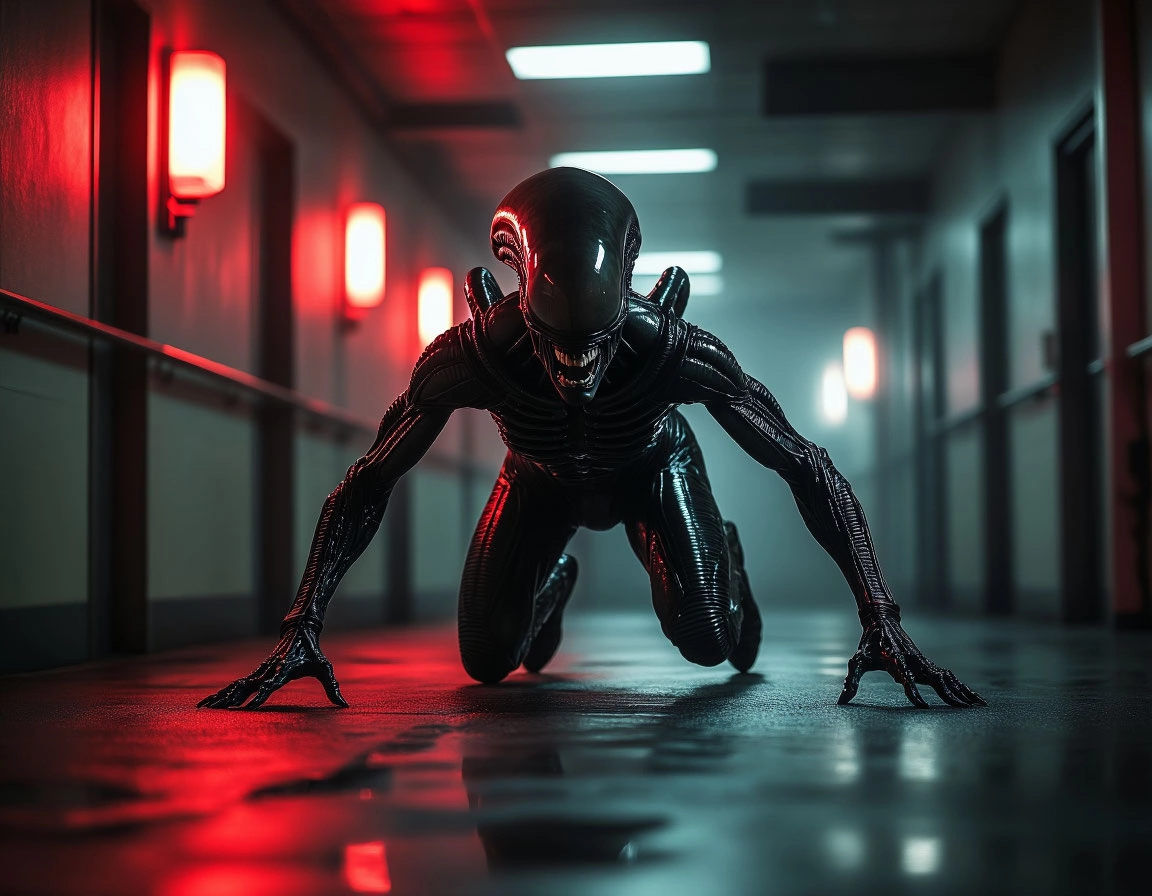
🧠 Meet Wendy — A Human Mind in a Synthetic Body
At the heart of the narrative is Wendy, a revolutionary android — the first ever to be uploaded with a human consciousness. She’s more than just metal and code; she has memories, emotions, and moral conflict. As questions arise about identity, free will, and what it means to be human, Wendy must confront something even more primal: survival.
She leads a team of elite combat synthetics on a mission to investigate the crash. But as they descend into the wreckage, it becomes clear they aren’t just dealing with alien biology — they’re unearthing corporate secrets, rogue AI programming, and ancient survival instincts that go beyond science.

🎥 A New Vision by Noah Hawley, Backed by Ridley Scott
What makes this installment so compelling is the minds behind it. Noah Hawley, known for his cerebral, often surreal storytelling in Legion and Fargo, brings a philosophical and narrative depth to the universe of Alien. His work often blends genres and challenges conventional plot structures, and Alien: Earth looks to follow suit.
Ridley Scott, who launched the franchise in 1979, returns as executive producer, ensuring that the soul of the original — its slow-building dread, oppressive atmosphere, and complex characters — lives on.
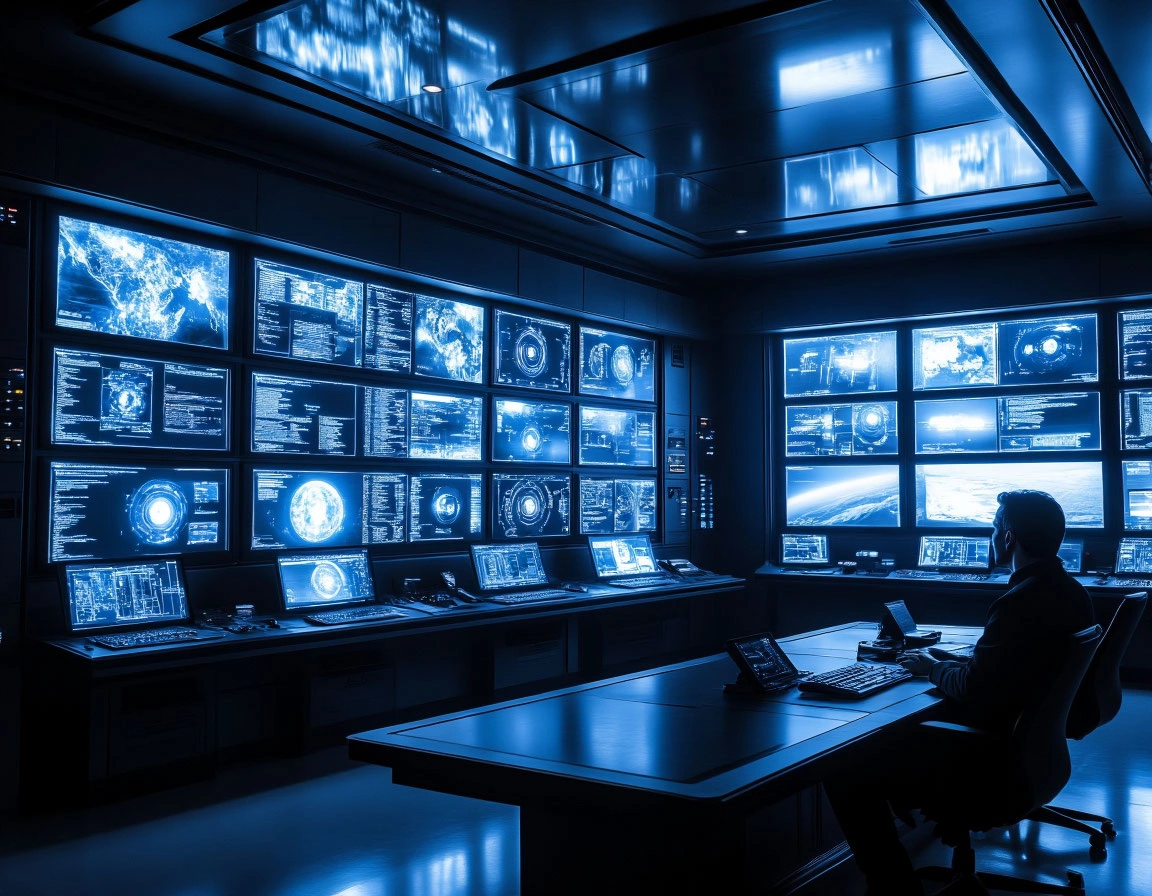
🌌 A Cast Built for Tension and Emotion
Leading the series is Sydney Chandler (Don’t Worry Darling), who plays Wendy with a mix of vulnerability and steel. Her journey is emotional, intellectual, and terrifying all at once. She’s joined by Timothy Olyphant, bringing his trademark grit, and Alex Lawther, known for portraying fragile yet sharp-witted characters. Essie Davis (The Babadook), Babu Ceesay, and others round out the cast — creating a diverse ensemble primed for moral clashes, trust issues, and slow-burn suspense.
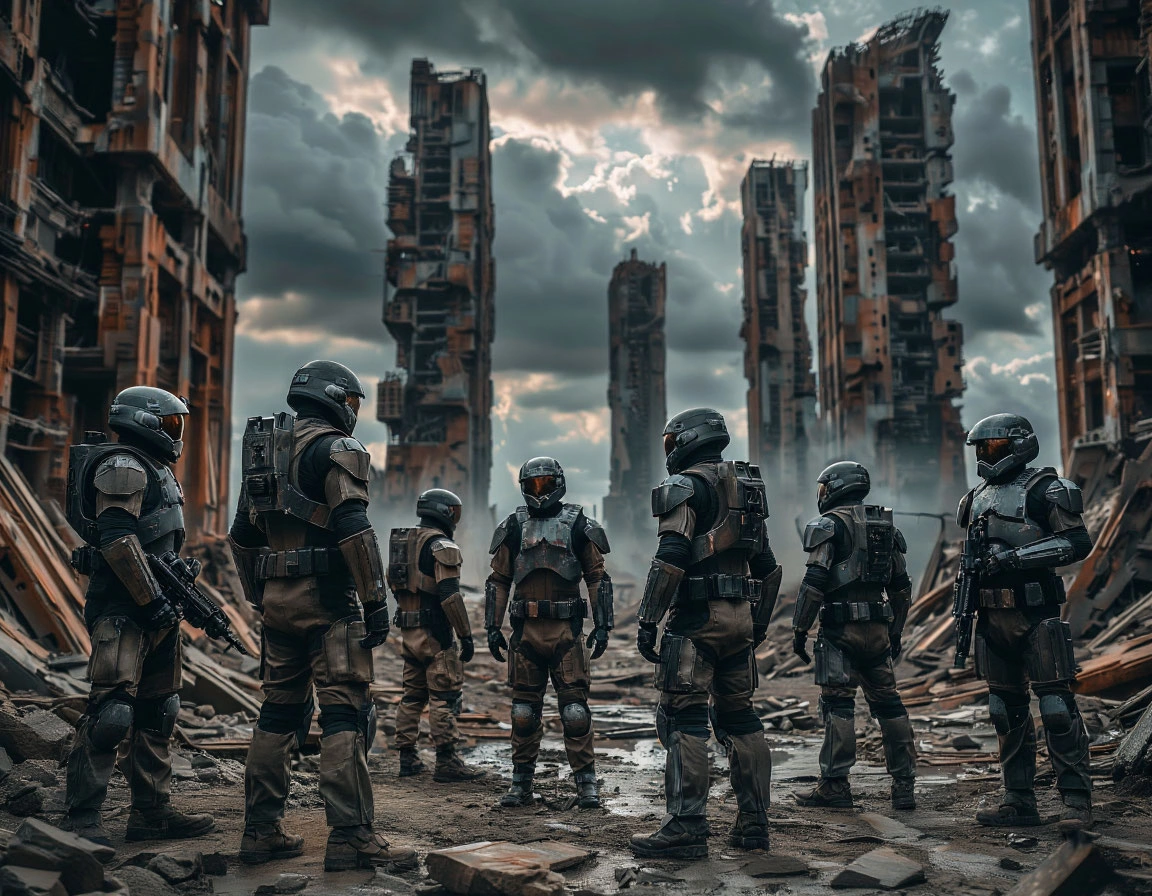
📅 Mark Your Calendar: August 12
With a chilling aesthetic, a fresh philosophical core, and just enough nostalgia to make longtime fans shiver with anticipation, Alien: Earth is shaping up to be the boldest chapter in the franchise to date. Whether you’re a devoted xenomorph enthusiast or a newcomer to the universe, this show is aiming not just to scare — but to evolve the genre.
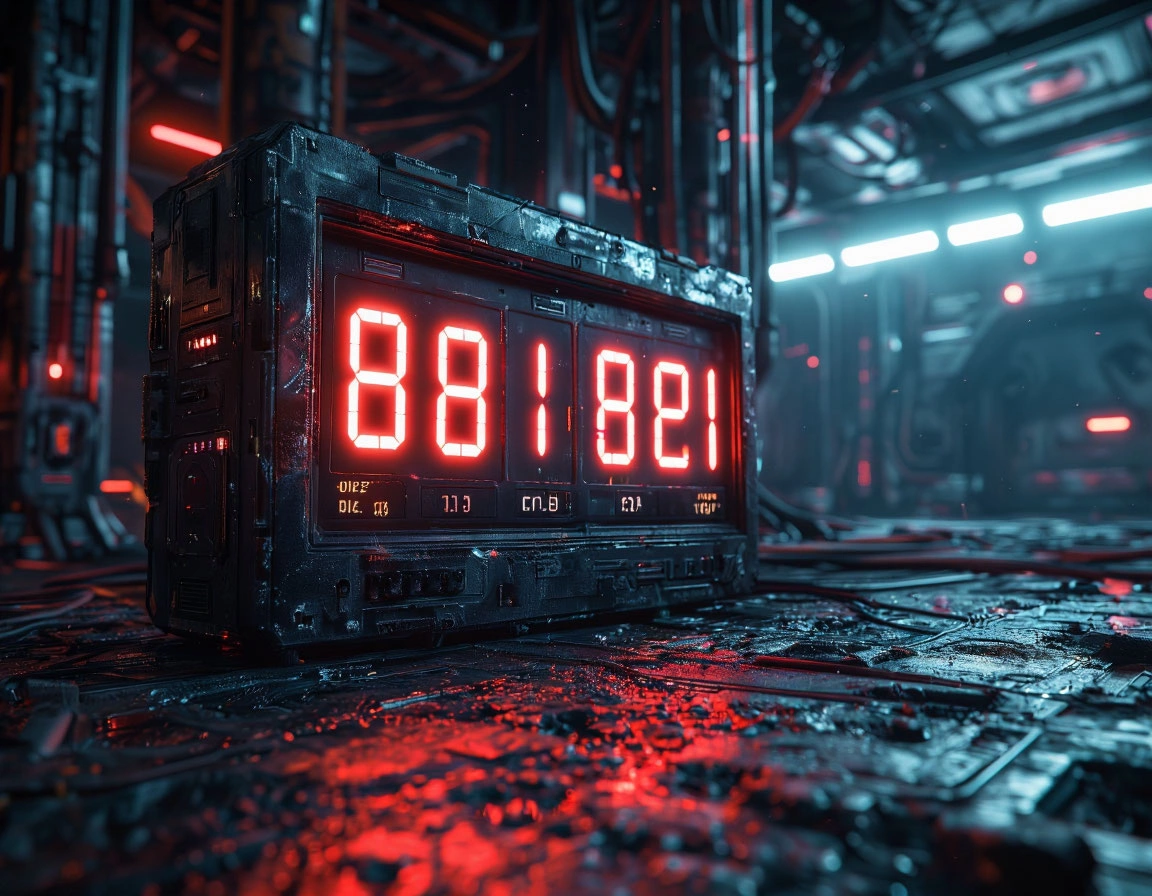
👁️ Final Glimpse: Horror on the Horizon
The last seconds of the trailer offer a haunting image: a long, slender tail curling through the wreckage, a glint of fangs in the dark, and a single sound — the hiss. Whatever survived that crash has begun to move. And Earth may never be the same.
Alien: Earth premieres August 12 exclusively on FX and Hulu. Prepare to return — or rather, descend — into a nightmare once more.

Cinema has always had a soft spot for the dangers of unchecked science. With the release of The Institute, based on Stephen King's chilling novel, the trope of unethical experiments — especially on children — returns with renewed relevance. But this is far from the first time we’ve seen brilliant minds cross terrifying boundaries. Let’s revisit ten unforgettable stories where scientific ambition turns into a nightmare.
🧠 The Institute (2025)
In this gripping new series, 12-year-old genius Luke wakes up in a sinister facility known only as “The Institute.” It secretly gathers children with telekinetic and telepathic abilities — not to protect them, but to exploit them. Cold, heartless doctors conduct brutal tests daily. But Luke, smarter than most, plots a daring escape, risking everything to rescue his newfound friends.
Based on one of Stephen King's recent novels, the show mixes psychological horror with emotional depth. Ben Barnes delivers a standout performance as a courageous cop who gets drawn into the mystery.
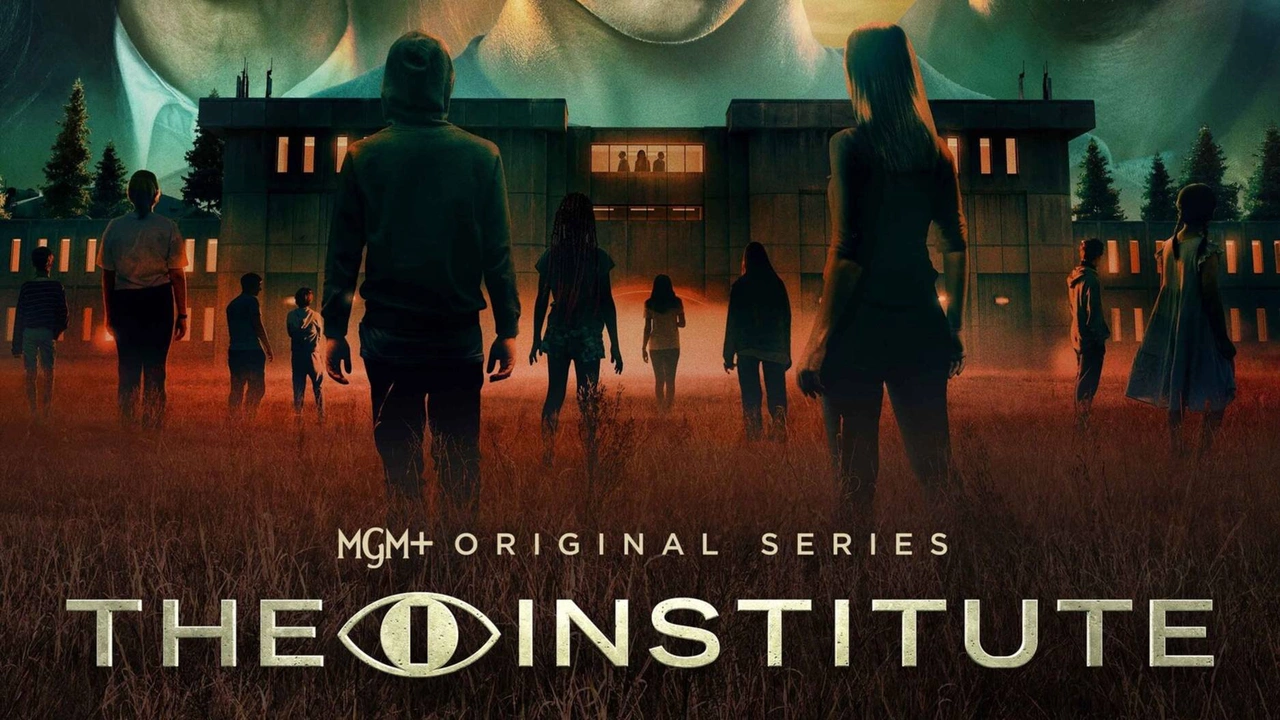
🦟 The Fly (1986)
David Cronenberg’s masterful remake of the 1958 classic redefines body horror. Jeff Goldblum plays an eccentric scientist who invents a teleportation machine. But when he tests it on himself, a fly sneaks into the chamber — merging their DNA in a grotesque transformation.
Through phenomenal practical effects, the film explores the breakdown of the human body and mind in terrifying detail. It’s both tragic and grotesque — a modern Frankenstein that sticks with you long after the credits.
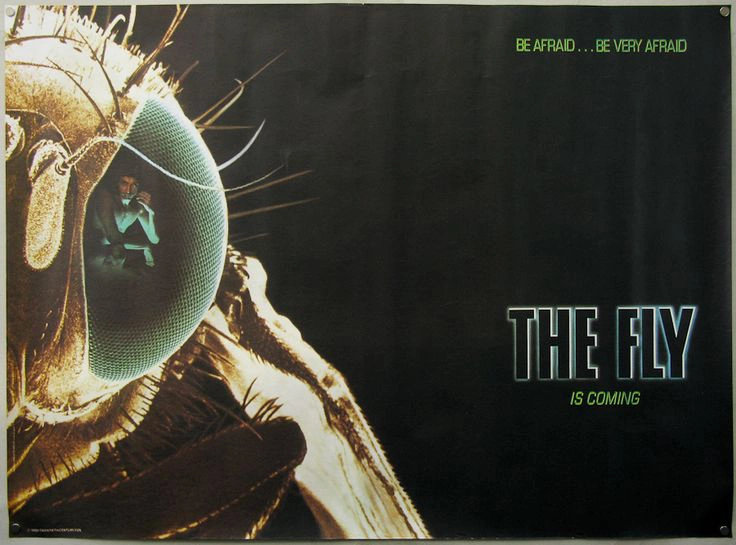
🧪 Re-Animator (1985)
This wild, gruesome adaptation of H.P. Lovecraft’s work injects absurdity into resurrection. A young medical student discovers a glowing serum that brings the dead back — but not without consequences. The revived are mindless, violent, and horrifyingly unpredictable.
Part horror, part black comedy, Re-Animator embraces camp and chaos. It’s a cult favorite known for its over-the-top gore and unrestrained performances.
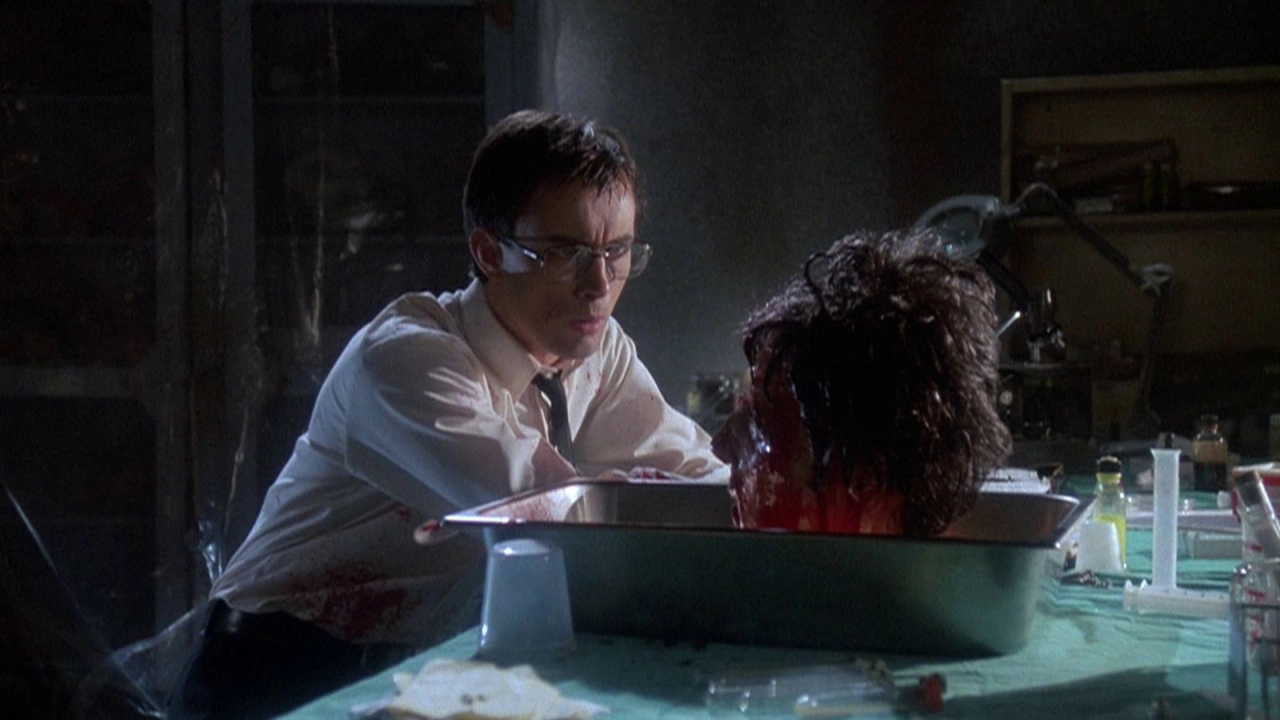
🧬 Altered States (1980)
A scientist obsessed with the origins of consciousness subjects himself to sensory deprivation and hallucinogens — with shocking results. He begins to regress biologically, transforming into primal life forms.
This cerebral film is a trippy blend of evolutionary theory and psychedelic visuals. It’s not just horror — it’s a philosophical descent into what it means to be human.
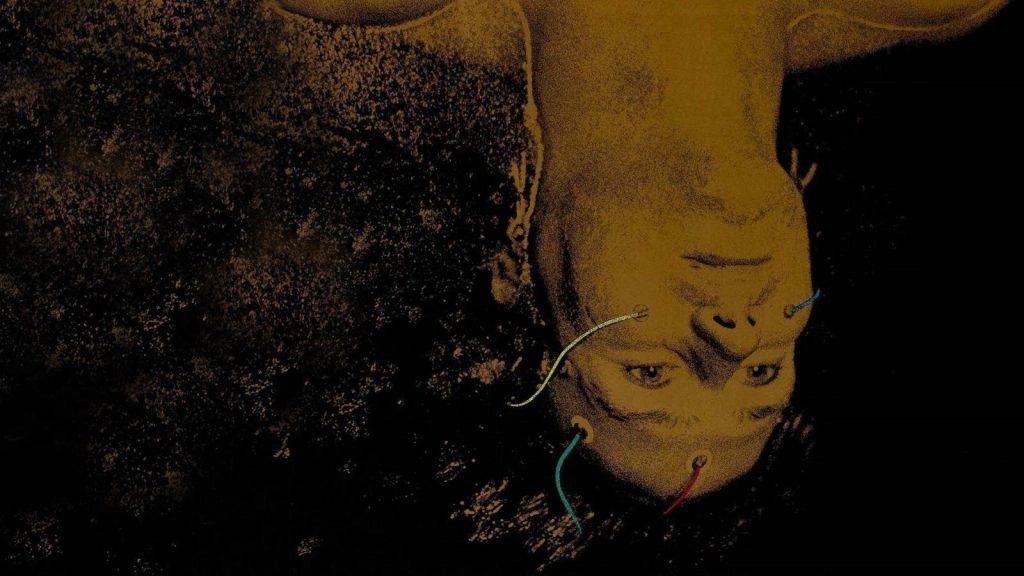
🪱 The Human Centipede (2009)
Infamous for its repulsiveness, this grotesque horror film introduces a deranged surgeon who surgically joins three people into a single digestive system. As shocking as it is disgusting, the film gained notoriety for testing the boundaries of viewer endurance.
The first entry in the trilogy remains the most restrained, focusing on the psychological terror of bodily imprisonment and dehumanization.
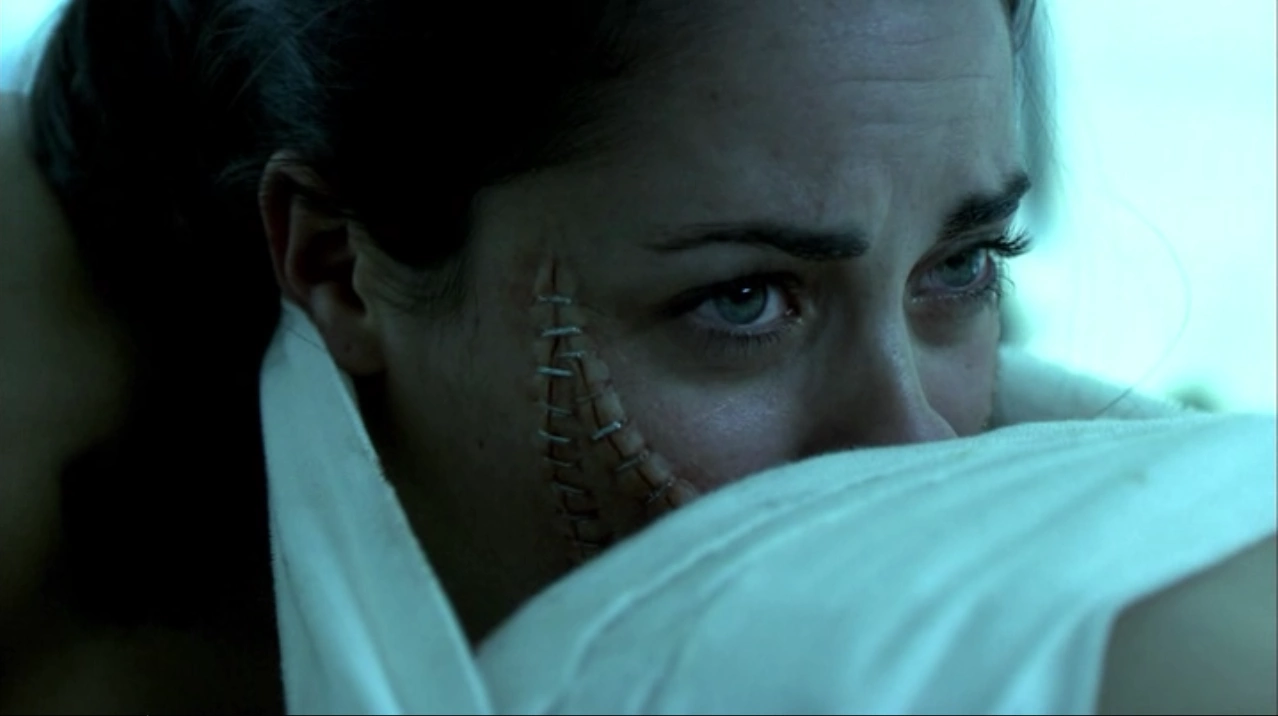
🌑 The Void (2016)
A wounded stranger is brought to a quiet hospital just before a terrifying night begins. Paranormal events spiral out of control as cultists surround the building. Scientific experimentation, occultism, and interdimensional horror collide in this unpredictable blend of Lovecraftian dread and classic genre rules.
Unlike most films, the true nature of the “science” behind the terror only reveals itself at the very end.
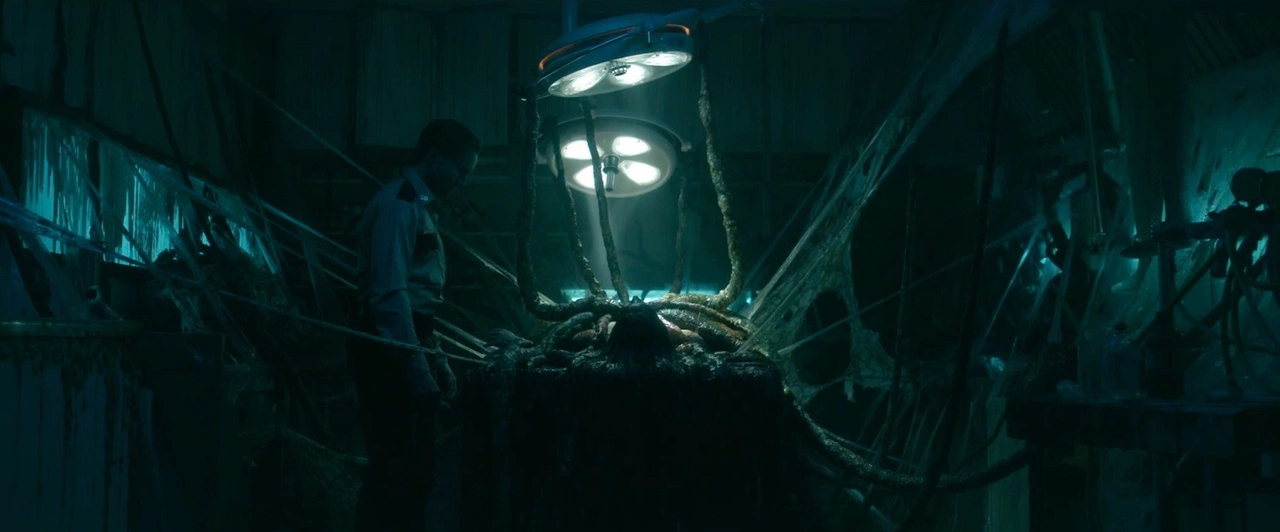
🧠 Why These Stories Linger
These films and shows tap into a shared fear: the line between scientific curiosity and moral collapse. Whether it’s telepathy, resurrection, gene editing, or consciousness expansion, the question remains — how far is too far? When intellect outweighs empathy, and discovery becomes obsession, horror is never far behind. These stories are cautionary tales, surreal nightmares, and tragic dramas — but above all, they remind us that science without limits can turn into true madness. Which of these twisted experiments would you dare to watch (or rewatch)? Let your morbid curiosity lead the way. 🧪📺
In 2025, Austin Butler stands tall among the most compelling actors of his generation. After his breakthrough in Elvis, which showcased his stunning ability to fully inhabit a role, he didn’t chase fame — he chased substance.
Today, Butler is not just a face on the screen. He’s a performer who seeks out characters that demand stillness, complexity, and emotional depth. In his 2025 feature — a quiet, minimalist drama — he portrayed a soldier returning home after the loss of his brother. The film relied not on action, but on emotion: glances, breath, stillness. It wasn’t acting — it was being.

Butler doesn’t need to be loud. He doesn’t chase headlines. And that is exactly where his power lies. He brings full presence into every frame. The audience doesn’t just watch him — they feel what’s beneath the surface.
In a time when spectacle often overshadows storytelling, Austin Butler is being recognized as one of the few who brings humanity back to cinema. He’s not afraid of silence. He’s not afraid to be vulnerable. And he’s not afraid to sit with pain that can’t be resolved in a scene or two.
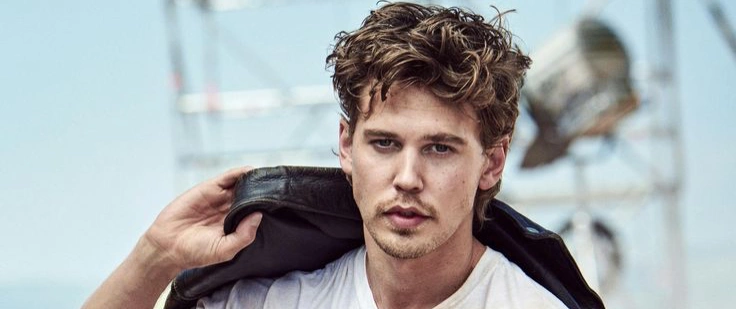
In 2025, Austin Butler is not a trend — he’s the heartbeat of real cinema. A reminder that what matters isn’t how loud you are — but how deeply you feel, and how honestly you share it.
By 2025, Zendaya is no longer simply one of Hollywood’s rising stars — she is a fully established powerhouse. Actress, producer, fashion icon, activist — her influence spans industries, audiences, and generations. But more than anything, Zendaya represents a shift in how we see fame: not as distance, but as connection. Not as performance, but as presence.
After a decade of rapid growth, Zendaya entered 2025 with confidence and clarity. Her performance in the long-anticipated sci-fi epic Dune: Part Two received widespread acclaim for balancing strength and subtlety. She brought quiet intensity and emotional intelligence to a genre that often leans into spectacle. But that wasn’t her only headline.
In 2025, she also produced and starred in an independent psychological drama, directed by a first-time female filmmaker. The story — raw, introspective, and deeply human — became a festival favorite, and Zendaya’s performance was called “career-defining.” It’s a reminder: she doesn’t choose roles to impress. She chooses stories that matter.
Zendaya’s power lies not only in what she does, but in how she does it. She moves with integrity. In interviews, she’s thoughtful, grounded, and refreshingly honest. On red carpets, she doesn’t follow trends — she sets them. Whether in sculptural couture or bare-faced simplicity, she communicates one thing clearly: self-possession.
She has also become a vocal producer and advocate for inclusive storytelling. In 2025, her production company greenlit two projects led by emerging Black and Latina directors — a move widely praised in an industry still struggling to balance representation with substance.
But perhaps Zendaya’s greatest strength is how she holds space for duality. She is both artist and activist. Quiet and commanding. Classic and cutting-edge. She speaks for a generation that refuses to be one thing — and she does so without ever losing her calm, her vision, or her voice.

Her career is no longer just one to watch — it’s one to study. Because in an age of noise, distraction, and spectacle, Zendaya reminds us that depth lasts longer than attention.
In 2025, Zendaya is not just a celebrity — she’s a leader. Not by volume, but by clarity. Not by perfection, but by purpose.

By 2025, Timothée Chalamet has grown into something more than a talented actor — he’s become a cultural symbol. A face of modern cinema that embraces nuance, emotion, and authenticity over superficial strength or loud storytelling. At just 29 years old, he’s already left a mark not only on screen, but in how we think about masculinity, fame, and vulnerability in the public eye.
After the global success of Dune: Part Two, where he led an ensemble through the vast political and emotional deserts of Arrakis, Chalamet proved that he could carry a franchise while remaining true to his introspective, layered style. He brought quiet intensity and fragility to a genre often ruled by explosions and archetypes.
But 2025 saw him pivot once again — this time, to something deeply personal. In a new French-language independent film, Chalamet took on the role of a reclusive writer grappling with past trauma, public pressure, and creative silence. The film, directed by a rising auteur, premiered at the Cannes Film Festival and quickly became one of the most talked-about projects of the year. Critics praised not just his performance, but his restraint — his ability to do more with a pause or a glance than many do with monologues.
This is the essence of Chalamet’s craft: stillness that speaks volumes.
Beyond cinema, Chalamet remains a cultural force. He is redefining what it means to be a leading man in the 21st century — not through dominance, but through emotional intelligence. In an era where audiences crave something real, his authenticity stands out. Whether he’s on the red carpet in daring fashion, speaking candidly in interviews, or disappearing into a role, there’s always a sense that what we’re seeing is real — not manufactured.
His style, both personal and professional, reflects a generation that values sensitivity, openness, and questioning the norms. Young viewers see themselves in him — not as an unreachable idol, but as someone navigating fame, creativity, and identity with honesty and curiosity.

Timothée doesn’t chase roles that "fit the mold." Instead, he shapes every role into something unexpected. From historical dramas to sci-fi, from dreamy coming-of-age stories to abstract art films — he’s not just acting, he’s creating space for emotion in genres that often forget it.
In 2025, while some actors chase the next franchise or billion-dollar opening, Chalamet continues to choose depth, complexity, and risk. And that may be why he’s not just popular — he’s important.
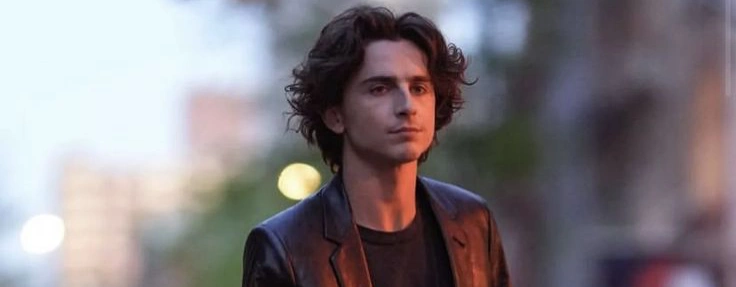
Because in a world oversaturated with images, effects, and spectacle, truth stands out. And Timothée Chalamet has made truth his signature.
In July 2025, fans will witness the highly anticipated return of Dexter Morgan—the iconic antihero from the cult thriller series Dexter. In the new show Dexter: Resurrection, created by Clyde Phillips for Paramount+ and Showtime, Michael C. Hall reprises his role as Dexter, haunted by the shadows of his past. Picking up after New Blood, Dexter lands in New York City on the trail of his son Harrison, while Captain Batista refuses to let go in the search for truth. With co-stars like Peter Dinklage, Uma Thurman, and Ntare Mwine, the series is not just about hunting killers—it explores the fragile balance of identity when one's past resurfaces in a new world. Michael C. Hall portrays not just Dexter’s calculated charm, but also the vulnerability of a man struggling to control his darkness, especially when paternal bonds collide with instinctual habits.
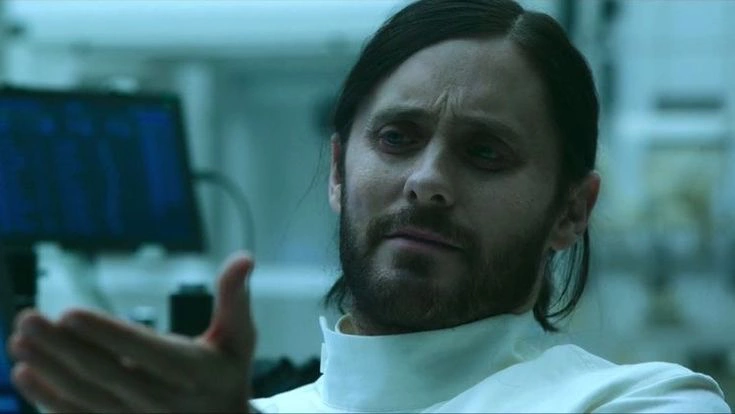
Set against the sprawling, impersonal backdrop of New York City, Dexter: Resurrection marks a shift in tone and tempo. Gone are the familiar palm trees and sun-soaked crime scenes of Miami — this is a colder, more chaotic world, reflecting the turbulence within Dexter himself. The city becomes a character of its own: a relentless organism filled with secrets, shadows, and strangers who might be allies — or threats.
The series leans heavily into psychological tension. Dexter is no longer the confident predator who controlled his urges through a strict moral code. He is now a man on edge — older, wearier, and more self-aware — forced to face the consequences of a life built on lies and blood. As he chases after Harrison, he's not just trying to find his son — he's trying to find redemption, or perhaps, a final answer to the question he’s been avoiding his entire life: Can someone like him truly change?
Harrison, meanwhile, is no longer the confused teenager we met in New Blood. He’s evolving — navigating his own moral dilemmas, battling internal demons, and attempting to define who he is without falling into the same traps as his father. But the line between inherited darkness and free will grows thinner with every episode, especially when the world around him keeps pushing him closer to the edge.
The introduction of new characters brings complexity and depth to the narrative. Some appear as possible anchors for Harrison or Dexter, while others become dangerous obstacles. Each of them represents a piece of the larger puzzle — a puzzle that, if solved, could expose Dexter’s carefully hidden truth.
One of the show’s strongest elements is its commitment to emotional honesty. It doesn’t glorify Dexter’s actions; instead, it interrogates them. The show asks viewers to reflect: Does the intention behind a violent act justify the act itself? Is protecting a loved one always noble — even if it means doing monstrous things?
The score, the cinematography, and the pacing all reflect this darker, more introspective chapter. Flashbacks and internal monologues provide windows into Dexter’s fractured psyche, revealing guilt, doubt, and a desperate longing for connection. It’s a haunting evolution of a character once thought to be unreachable by human emotion.
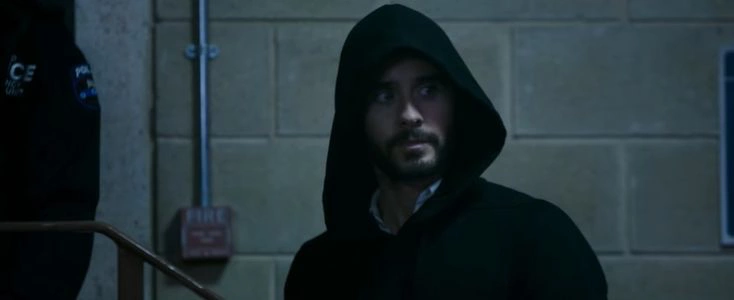
Ultimately, Dexter: Resurrection is more than just a continuation — it's a transformation. It blends crime drama with psychological thriller, father-son drama with noir sensibility. Longtime fans will recognize the core of what made the original Dexter unforgettable, while new viewers will find a complex, standalone narrative full of suspense, moral conflict, and emotional stakes.
As Dexter walks the tightrope between redemption and relapse, the audience is left wondering: will he finally silence the dark passenger — or become consumed by it for good?
At the end of 2025, Enola Holmes 3 is set to premiere, continuing the adventures of young detective Enola Holmes, played by Millie Bobby Brown. Directed by Philip Barantini and written by Jack Thorne, this new installment finds Enola stepping fully into her role as an investigator, tackling not just family mysteries but high-stakes political intrigues in Victorian England. Co-starring Louis Partridge as Lord Tewkesbury, Himesh Patel as Dr. Watson, Henry Cavill and Helena Bonham Carter reprising their roles, the ensemble enriches the series with nuanced family dynamics and period charm. Known for its blend of sharp mysteries, witty banter, and a progressive perspective on female empowerment, the franchise evolves here with newfound maturity and emotional depth. Millie Bobby Brown not only returns as lead but also serves as co-producer, presenting a heroine who embodies intelligence, courage, and independence. Enola Holmes 3 offers a chance to witness Enola navigating her own destiny, balancing personal strength with the poise that won audiences over.
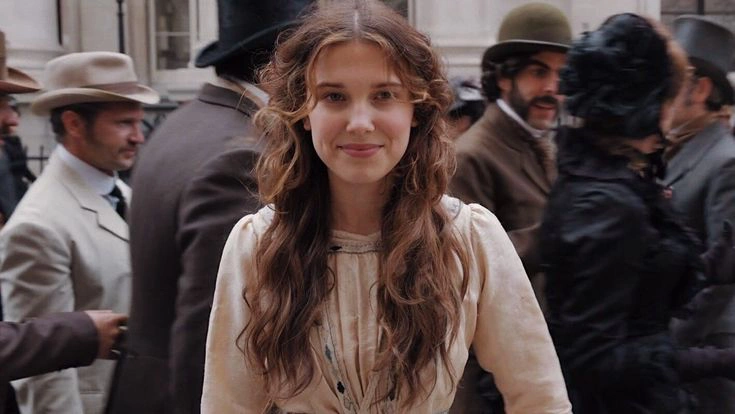
Set against the backdrop of a changing Victorian society, Enola Holmes 3 continues to expand the universe of Arthur Conan Doyle’s world from a fresh and youthful perspective. With London’s cobbled streets teeming with whispers of revolution, corruption, and forbidden alliances, Enola finds herself drawn into a mystery that extends far beyond her family name. This time, the stakes are not only personal but national, testing her intellect, values, and emotional resolve like never before.
As Enola emerges from the shadows of her older brothers, she carves out her own identity in a world that still struggles to take women seriously — especially young ones. But her growing reputation as a capable and resourceful detective challenges those conventions. What once started as rebellious curiosity now blossoms into a fierce commitment to justice, especially for the voiceless and overlooked.
The narrative introduces a gripping case that ties together powerful political forces, hidden identities, and the threat of public scandal — forcing Enola to operate in secret, take calculated risks, and even question the integrity of institutions she once trusted. Alongside the case, she must navigate an evolving relationship with Lord Tewkesbury, whose own political career is taking shape, revealing deeper dimensions to his character and offering new emotional territory for both young leads.
One of the most compelling developments in this third installment is the introduction of Dr. John Watson, portrayed with depth and charm by Himesh Patel. His arrival adds a fascinating dynamic to the Holmes family narrative. While Watson shares a bond with Sherlock rooted in logic and loyalty, he also becomes a mentor figure to Enola — offering scientific insight and quiet support without underestimating her abilities.
Visually, the film continues to delight, featuring stunning period costumes, richly detailed sets, and dynamic sequences that bring the Victorian world to life with both elegance and grit. Director Philip Barantini brings a slightly grittier, more atmospheric tone to the series, grounding Enola's journey in emotional realism while preserving the playful wit and kinetic energy fans have come to love.
Helena Bonham Carter once again delivers a standout performance as Eudoria Holmes, embodying the revolutionary spirit that fuels Enola’s sense of purpose. Her presence reminds viewers that independence, while empowering, often comes at a cost — a theme that deepens Enola’s arc throughout the film.
As Enola grows into adulthood, the film explores not only the trials of solving a complex mystery but the personal toll of carrying responsibility. She must make difficult choices, face moral dilemmas, and grapple with the weight of influence. These themes offer a more layered portrayal of the character, positioning her not only as a symbol of youthful defiance but as a young woman forging her legacy in a male-dominated world.
The screenplay by Jack Thorne strikes a deft balance between thrilling plot twists and moments of introspective quiet. Enola’s frequent fourth-wall breaks continue, but with more nuance — no longer just tools of humor, they now reflect her internal conflicts and shifting sense of self.
With Enola Holmes 3, the franchise matures alongside its heroine. It’s not just a mystery film — it’s a story about identity, empowerment, and the courage to define one’s own path amid expectations and tradition. Fans can expect clever clues, emotional revelations, and a heroine more fearless, sharp, and endearing than ever.
